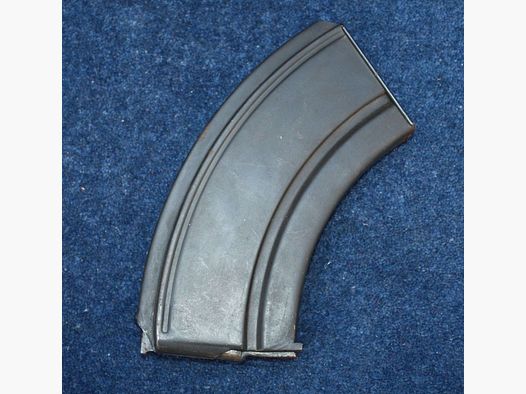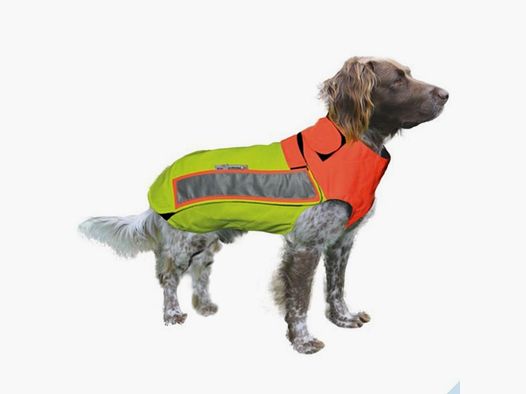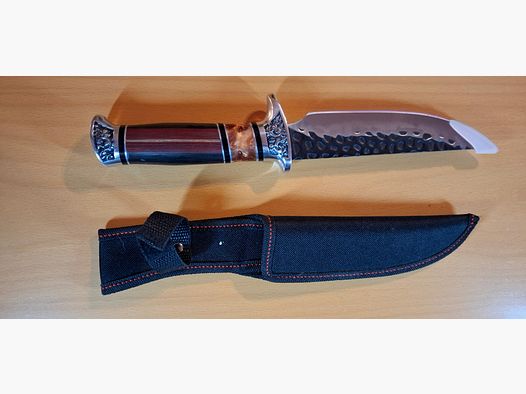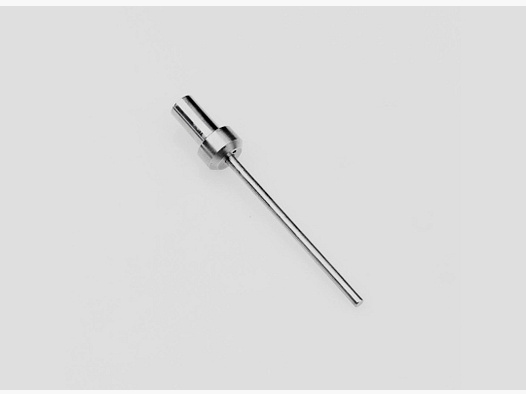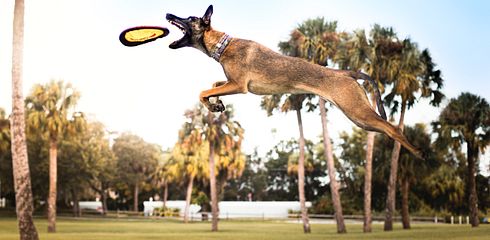No desire for anything, inexplicable bad mood, and little to no respect for authority - sounds like a teenager in puberty, right? One might think so, but it could just as well be a young dog in puberty. How this important developmental phase looks in four-legged friends and how dog owners can best deal with it is explained in the following article.
What Causes Puberty in Dogs?
Puberty in dogs is a phase that begins between 6 and 12 months, depending on the breed, and is associated with sexual maturity. It is known that large dog breeds enter the rebellious phase a bit later than smaller dogs, and that females mature slightly earlier than males. During this time, the female dog goes into heat for the first time, which means she is now ready to mate and is courted by males. The male, in turn, begins to lift his leg to urinate and suddenly finds female counterparts very interesting. He becomes increasingly aggressive and tends to compete with other males.
Many dog owners notice the onset of puberty not only by the sexual maturity but also by the fact that the good behavior of the formerly well-behaved four-legged friend seems to have vanished. The dog becomes unruly, shows his temperament, and tests his limits. During this phase, the dog owner must be particularly attentive and set clear rules and boundaries for their dog.
During puberty, various changes occur in the dog's organism that not only cause physical effects but also confusion. The dog experiences hormonal changes that make him emotionally unstable and lead him to take risks. It is important to understand that this is a temporary phase and that the dog usually returns to a stable and balanced being after a few months.
To cope with this phase, it is important to give the dog in puberty a lot of love and attention, but also to set clear rules and boundaries. Regular obedience training, consistent education, and sufficient physical activity are essential to support the dog during this difficult time and help him grow into a happy and obedient family member.
What Signs Are There?
During the phase of dog puberty, many changes occur, which are especially reflected in the dog's mood swings and impulsiveness. Another sign is that play with other dogs often becomes rougher. The intensity and nature of these behavioral changes can vary in each animal. Some dogs show more independence and curiosity during this phase, while others become more anxious and insecure. Despite these differences, all dogs have one thing in common during puberty: they try to establish themselves as adults and adapt their behavior to the expectations of their environment.
As a dog owner, it is important to have a lot of patience and understanding during this difficult phase. Consistent training, regular exercise, and sufficient movement are necessary to help the dog develop into a balanced and obedient family member. By giving the dog the opportunity to release his energy through play and sports, you can also help him become less impulsive and uncontrollable during puberty. It is also important to continue socializing the dog during this time and give him the opportunity to interact with other dogs and people. Through positive experiences and interactions, the dog can learn to regulate his behavior and act appropriately in the company of other animals and people.
What Phases Does the Dog Go Through?
The life of a dog is divided into different developmental phases, two of which are particularly sensitive. The first is the ranking phase, which begins between the 13th and 16th week of life. This phase is roughly comparable to the defiance phase in toddlers and serves to establish the hierarchy within the pack.
The second sensitive phase is puberty, which begins between the 7th and 12th month of life, depending on the breed. However, there are differences between genders and breeds: large dog breeds often enter puberty later than smaller breeds, while in females, the first heat signals the start. In males, the transition from puppy to adolescent is gradual, but a small indication of the onset of puberty is when the male lifts his leg to urinate for the first time and marks his territory.
During puberty, dog owners often have to deal with difficult behavioral changes such as mood swings, disobedience, and exuberance. However, it is important to note that this phase is temporary and can be overcome with patience and consistent training. When the dog is between two and three years old and fully grown, puberty slowly subsides, and the dog becomes a balanced and obedient family member.
How Should I Behave as an Owner?
To help your dog get through the exciting puberty well, you need strong nerves, patience, and a lot of love. While your young dog has unconditionally oriented himself to you as the pack leader in the first months, the adolescent will try to emancipate himself from you. The sweet puppy sometimes turns into a rebellious head, which you need to prepare for when you take a young dog into your family. It is important that you are prepared for this.
However, you should not be tempted to have your dog neutered during this phase. While it is true that neutered males no longer chase every female in heat and their aggressive behavior decreases, most behavioral patterns are due to upbringing and character rather than hormones. Puberty cannot be bypassed by neutering, and your dog should only be neutered when he is physically and mentally mature. Dogs that are neutered before or during puberty may show increased aggression or fear later on. It is advisable to try a hormone chip first before deciding on neutering. So keep a cool head and give your dog the time he needs to become a fully grown and balanced dog.



